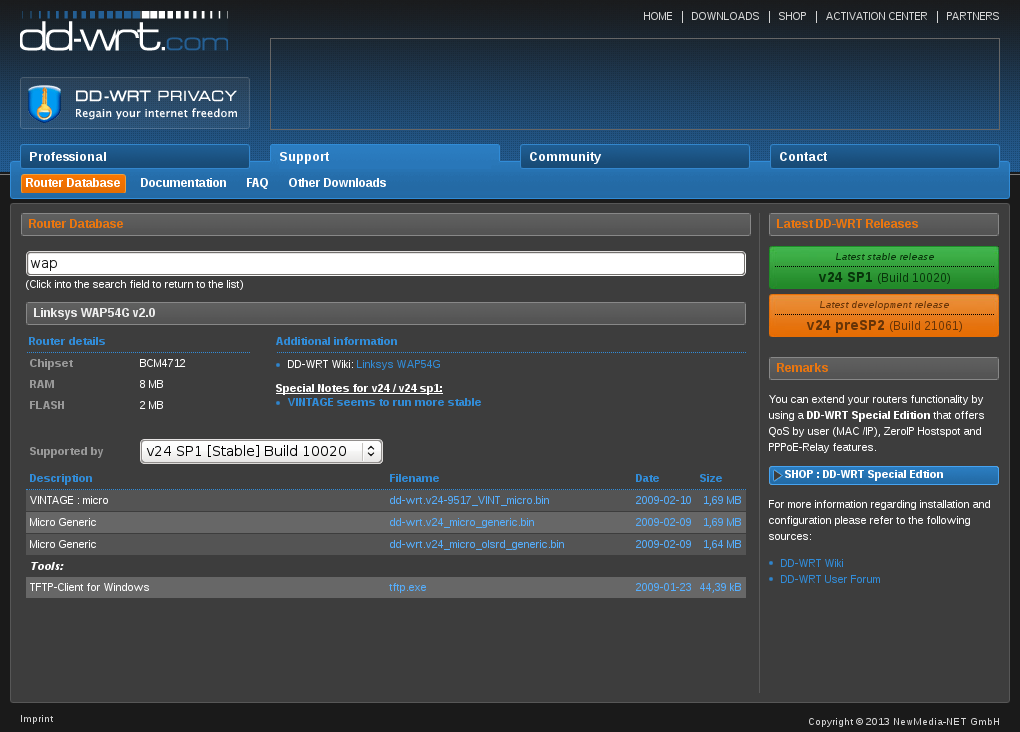

If you have upgraded your router successfully, please reset it to factory defaults from Administration>Factory defaults. You can see from the DD-WRT router database, that this router uses NV60k builds so after initial flashing, you need to use these.įirst, you need to upload dd-wrt.v24-xxxxx_NEWD-2_K2.6_mini-e3000.bin. It’s also shown, that this router operates on a V26 build, so you need files from the broadcom_K26 directory. Fortunately you have an Installation guide as well at You need to follow our guide from this point on, if you’ve successfully flashed your router. You need to upload tl-wr741ndv4-webflash.bin, if you have already upgraded to DD-WRT. You need to upload factory-to-ddwrt.bin, if your router is still running the factory firmware. Then you need to go to tplink_tl-wr741ndv4 in the appearing directory structure, and you can find the files you need.

You need at least build 22118, so open the link and go to at least 22118. You have a TP-LINK WR741ND v4.x : it’s indicated in the list and in the router database and supported from DD-WRT build 18740. BIN files are for upgrading DD-WRT.ī) If your device is Broadcom chipset based, your directories are ‘broadcom’ or ‘broadcom_K26′, we do not recommend Broadcom based devices to use with the new V3x kernel firmwares yet, unless you’re having specific issues with K26 firmwares. ⁃ TRX, CHK, and other types of files are for upgrading factory firmwares. ⁃ *webflash*.bin upgrading working DD-WRT firmware, ⁃ *factory*NA* upgrading North America released factory firmware, ⁃ *factory*, *factory-to-ddwrt*, *buffalo-to-ddwrt*, *to-ddwrt* are for upgrading from factory firmware, There’s a couple of certain details here to watch. Then click on “others” > “eko” > “Brainslayer-V24-preSP2″ > search the latest directory build.Ī) If your device is not Broadcom chipset based, you can find it in the DD-WRT directory list by its exact name in its own directory. To start searching for builds, you need to navigate to Router Database > Other Downloads. Please check the firmware directories or contact us, if you’re unsure. There can be also cases, when you can find your router’s firmware on the link below, and your router was not indicated compatible at all. Also, your router might be included only in the compatibility list and not in the Router database! Since DD-WRT’s router database is not perfect (and they are not updating it regurarly), to be compatible with DD-WRT, a router should be included in this list as well (with preferably a firmware version and at least 4 MB RAM indicated.) In certain cases, with Broadcom based devices, you need at least 8 MB. You can also see if your router requires a special build like broadcom_K26, nv60k or nv64k builds. Then a new list appears, that tells you the installable firmwares from DD-WRT. Click on the desired router type from the list.

Search result will appear under the search field. Enter your router type into the search field (for example: ‘WRT54GL’ or ‘Nanostation’). Other versions (like mini or micro) don’t contain the hotspot module so they cannot be used for hotspot purposes.įirst please check your router in the router database on. Following versions are supported: mini_hotspot (broadcom_K26 non-nv60k, non-nv64k!), nokaid, standard, big or mega. We can only recommend build 22118 or later (coovachilli based dd-wrt).


 0 kommentar(er)
0 kommentar(er)
